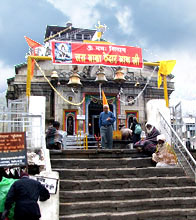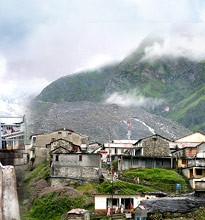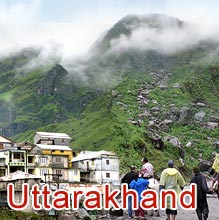 Sankranti or Sankrant is derived from a Sanskrit word meaning ‘to move’ and usually symbolizes a harvest festival not only in India but in many South-East Asian countries as well. Makar Sankranti is one of the major festivals of the Indian subcontinent. The festival usually falls in the middle of January, generally on / around the 14th of the month. This festival is celebrated in Uttarakhand for countless raison d'ętre depending on the atmosphere, agricultural setting and cultural background of India.
Sankranti or Sankrant is derived from a Sanskrit word meaning ‘to move’ and usually symbolizes a harvest festival not only in India but in many South-East Asian countries as well. Makar Sankranti is one of the major festivals of the Indian subcontinent. The festival usually falls in the middle of January, generally on / around the 14th of the month. This festival is celebrated in Uttarakhand for countless raison d'ętre depending on the atmosphere, agricultural setting and cultural background of India.Rituals
People take a dip in the holy Ganges (or any other holy river) since this day is considered very auspicious for washing away one’s sins. It is also said that if one does not take a holy dip then he might turn into a donkey in his next birth. People distribute traditional foods like Khichdi (a semi solid gruel made with pulses and rice) and Til ke laddoo (Sesame sweets made with jaggery) to the needy and destitute. The Uttarayani Fair is also held in Uttarakhand around this time and the young participate in it with great enthusiasm.
Ghughutia
Another peculiarity of the Makar Sankranti of Uttarakhand is the Kala Kauva or Ghughutia. Children use dough of flour and jaggery to make shapes like drums and knives. These edible shapes are then deep fried and strung together as a necklace. Then pieces of the necklace are distributed to local and migratory birds as food and as a welcome gesture. Children also sing a special song to attract the birds and entice them to eat the sweetmeat pieces from their hands.










